Lately, the popularity of motorsports in the U.S. has been growing, with ESPN reporting an average of 949,000 Formula One viewers in the U.S. in 2021. Within the last few years, Formula One has been more active in marketing, especially in the United States, with three races in the 2023 and 2024 seasons being in the U.S. (The Miami Grand Prix, Austin Grand Prix, and Las Vegas Grand Prix). According to Reuters, there has been a significant increase in female fans in the sport. In fact, 40% of F1 fans in 2022 were female.
With such a large number of women fans, the fact that there are currently no female drivers on the grid has become increasingly surprising. Formula One has had very few female drivers in the past and currently has an all-male grid. While many females work as engineers and officials behind the scenes, female driver representation in motorsport leagues is low.
The first female driver in Formula One was Maria Teresa de Filippis, who participated in five races in the 1958-1959 seasons. At the French Grand Prix, the race director refused to let her participate, unfairly telling her, “The only helmet a woman should wear is one at the hairdresser’s.” She eventually retired from racing after the death of other drivers, as crashes and accidents at the time could be fatal. (Recent technology in the sport has dramatically decreased the fatality rate.)
During Women’s History Month, the second annual season of F1 Academy kicked off on March 6, 2024, in Jeddah, Saudi Arabia. This motorsport championship follows fifteen skilled single-seater female drivers, part of five different teams participating in races on seven tracks worldwide to fight for the championship. Most drivers in F1 Academy are backed by the 10 Formula One teams as junior drivers. These teams provide training and sponsorships to help drivers one day reach the pinnacle of motorsport racing. Most F1 Academy drivers aspire to one day work their way up to Formula 1 through the ranks of F4, F3, and F2 and pave the way for the next generation of female drivers.
There have also been many female development drivers (a driver involved in testing and developing an F1 car who does not participate in any races), including Susie Wolff, the F1 Academy Managing Director. In an interview with Formula One, she said, “We want to break down the barriers that are stopping women to go on to further success and that’s something that I think is fundamental to why we exist. It’s not just a racing platform, it’s to make sure that the talent we find has the best chance to go on to further success.” Wolff also worked on F1 Academy’s Discover Your Drive program initiative. This program, aimed at 8 to 18-year-old girls, offers workshops and activities that hope to inspire a future in motorsports.
With F1 Academy being a pathway to more competitive motorsport leagues, it is likely more women will be seen on the track in the future. Last year’s F1 Academy winner, Marta García, now has a spot in the Formula Regional European Championship by Alpine (also known as FRECA). The championship, similar to F1 Academy, focuses on developing young drivers to continue into higher motorsport ranks.
Other pioneers in the F1 Academy are Bianca Bustamante, the first female in the McLaren Racing Driver Development program, and Abbi Pulling, an Alpine academy driver who has earned seven podiums in F1 Academy so far and is currently leading the championship (after the first race weekend).
There are also many promising female drivers outside the F1 Academy grid, such as Jamie Chadwick, a Williams Formula One development driver and INDYCAR NXT driver. She has won three W Series titles. The W Series was a racing league similar to the F1 Academy, with an all-female grid, but lost funding in 2022 and ceased racing.
Landing a seat in F1, let alone F3, is difficult, especially for women. As motorsports continue to become more popular, supporting F1 Academy, Discover Your Drive, and similar initiatives will give females a greater chance of making it up the ladder and getting the seat they deserve. In the near future, it might be possible to see a woman driving a Formula One car, not only sitting at the wheel but dominating the track.

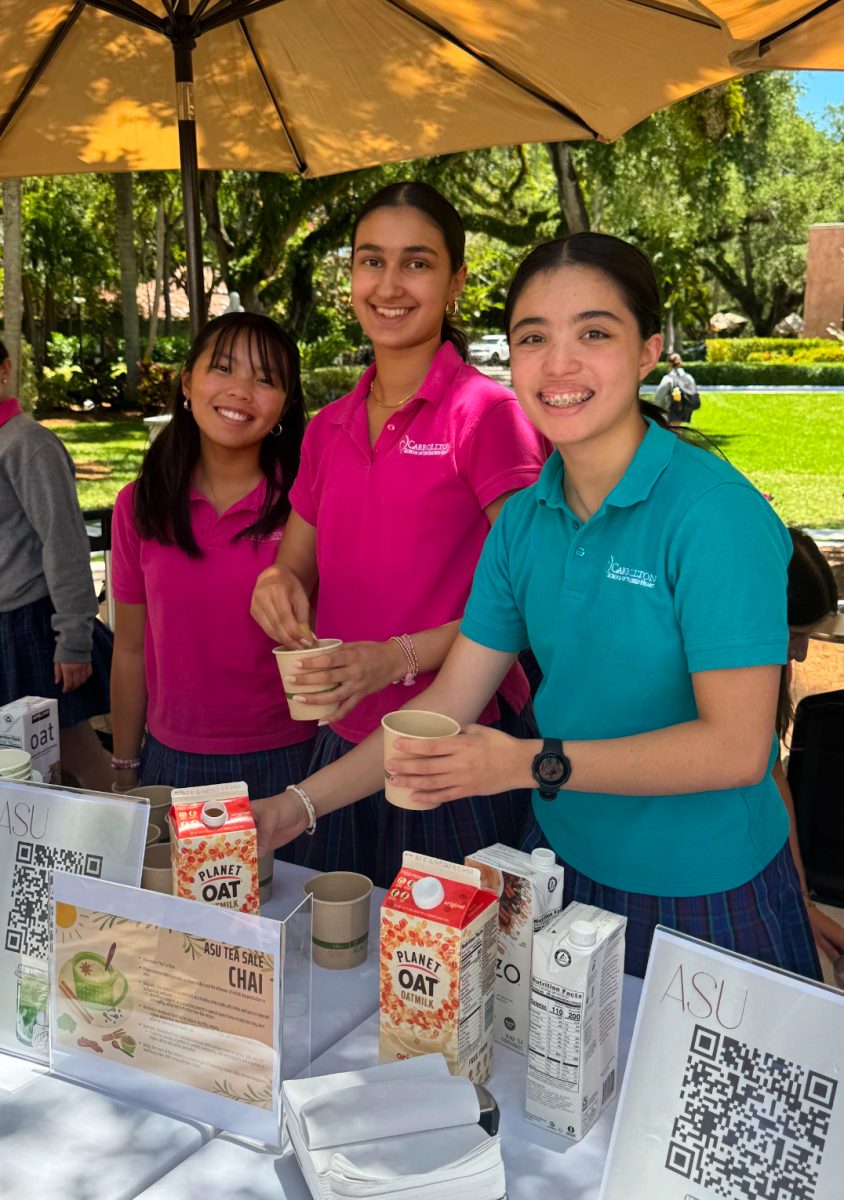
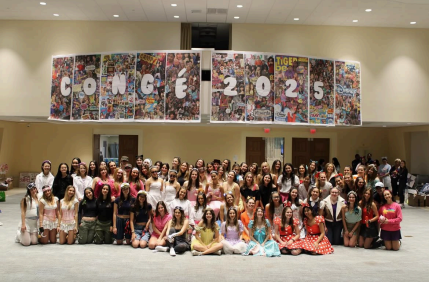





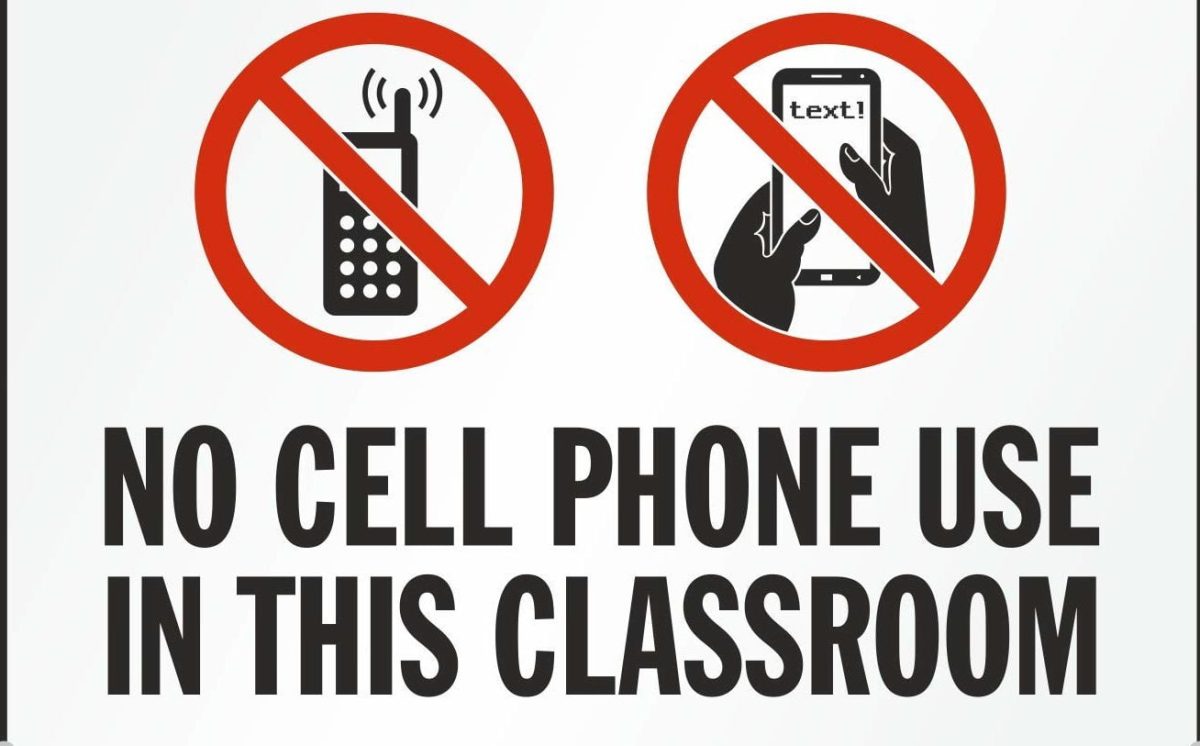















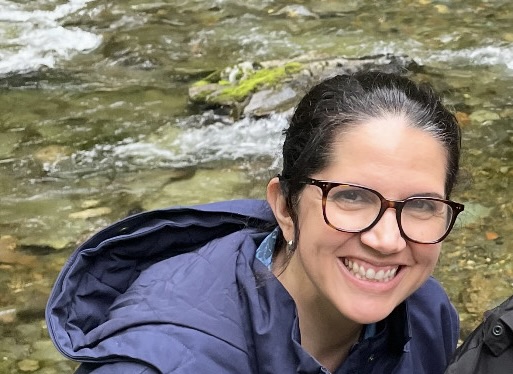

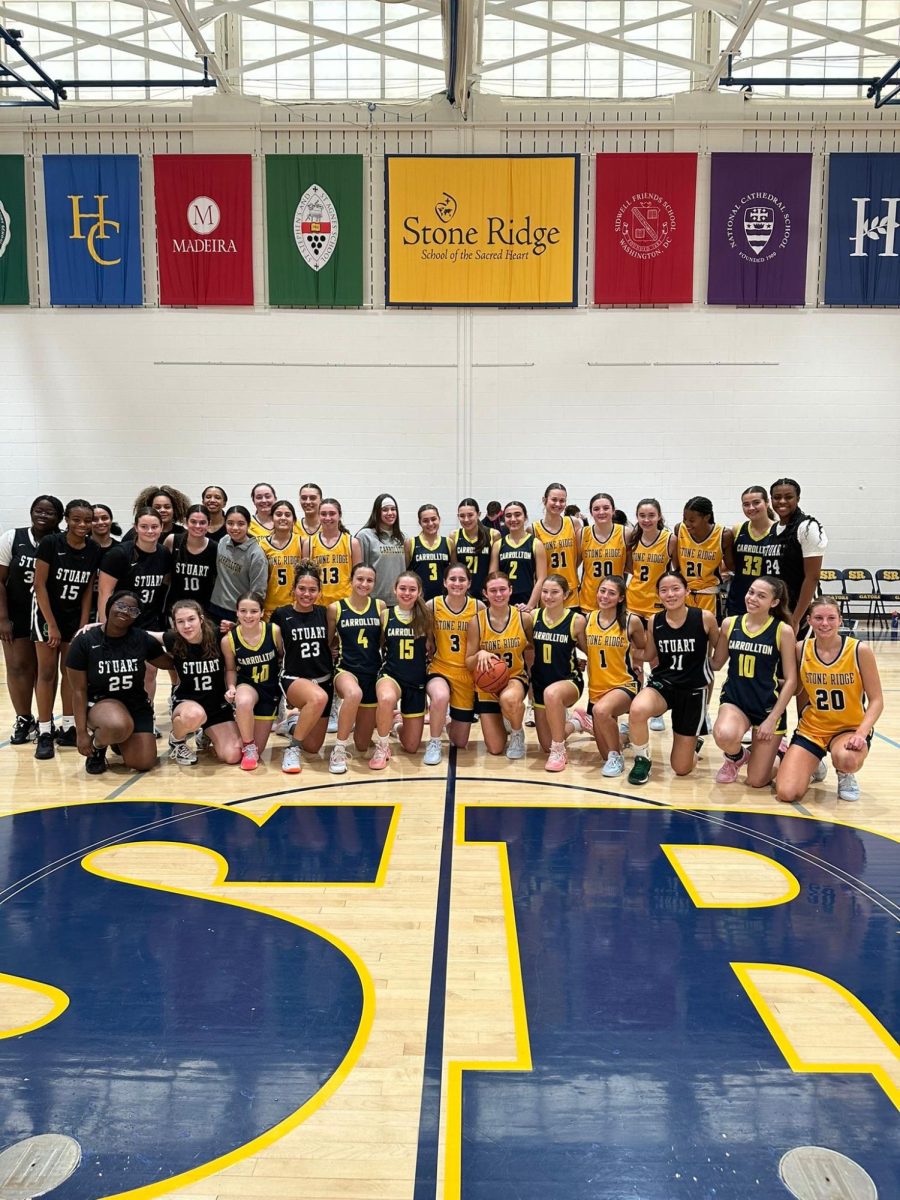

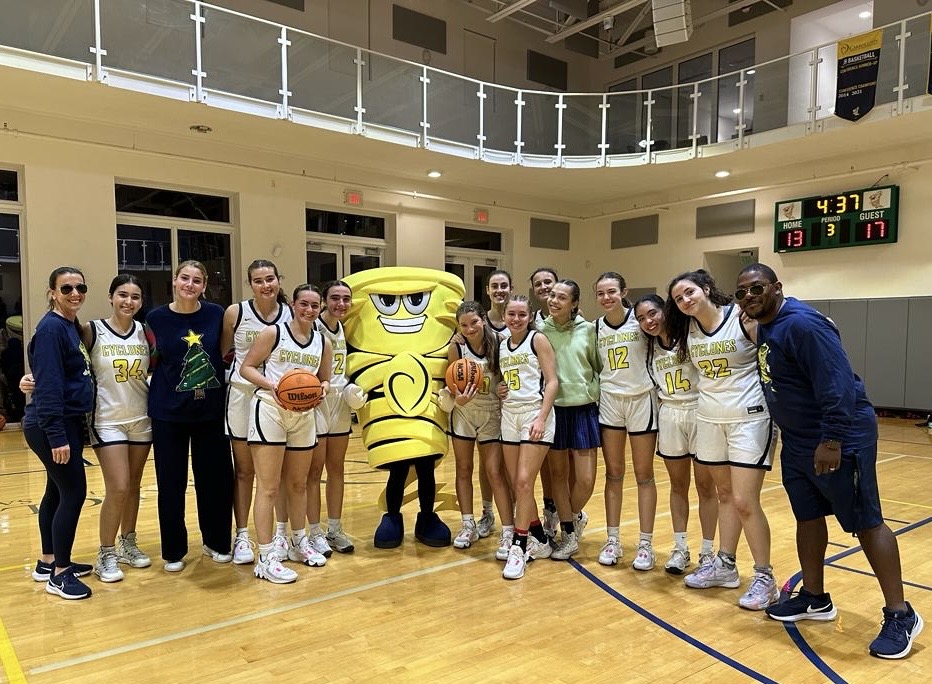
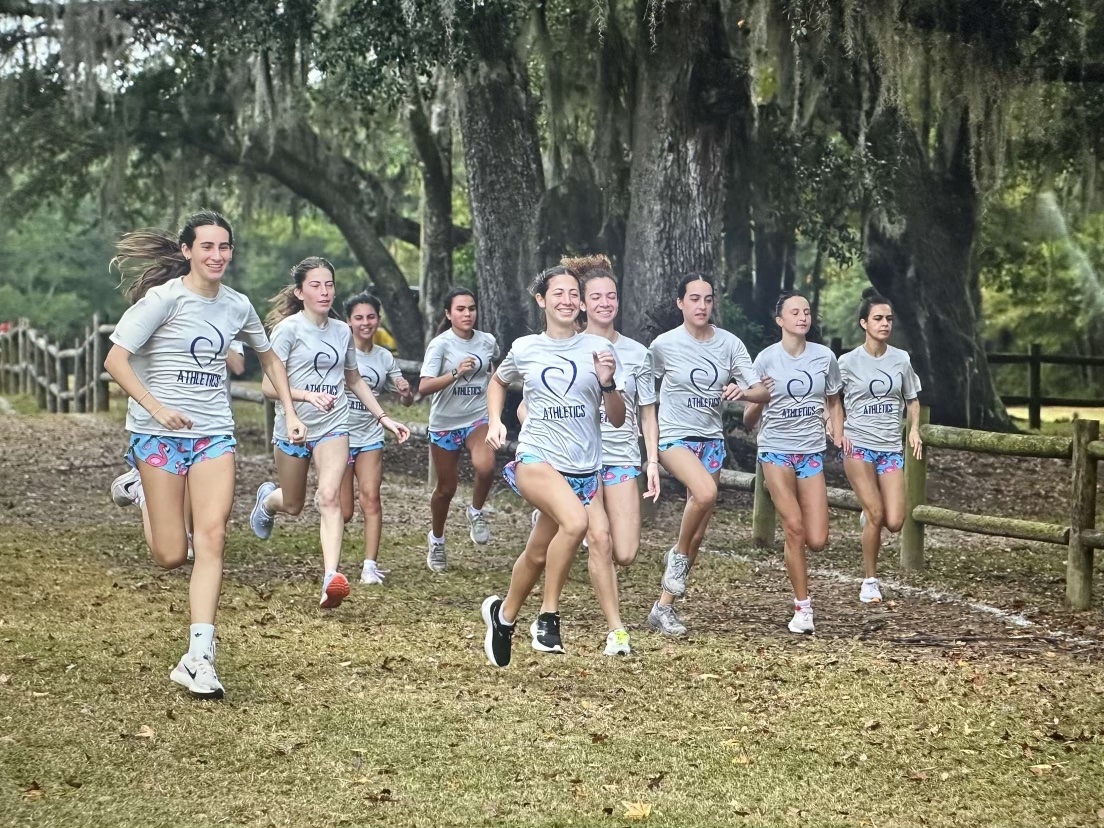







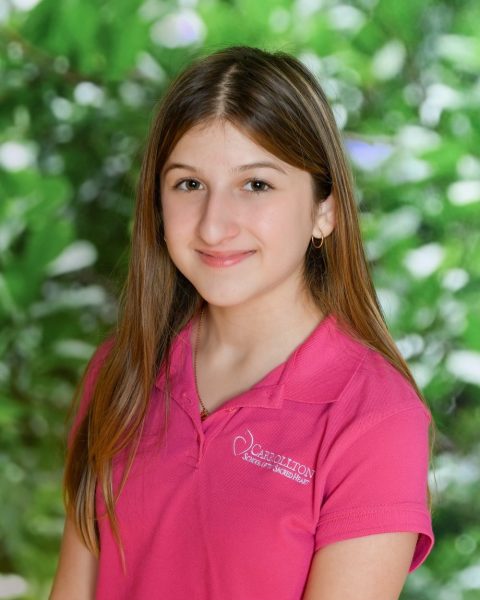

Drennen Wester • Apr 17, 2024 at 12:25 pm
This is an incredible and fascinating article.
Nina Heffron • Apr 17, 2024 at 8:49 am
Thank you for this informative and engaging article!
Ivanka Brutus • Apr 17, 2024 at 8:47 am
Great article! Interesting.